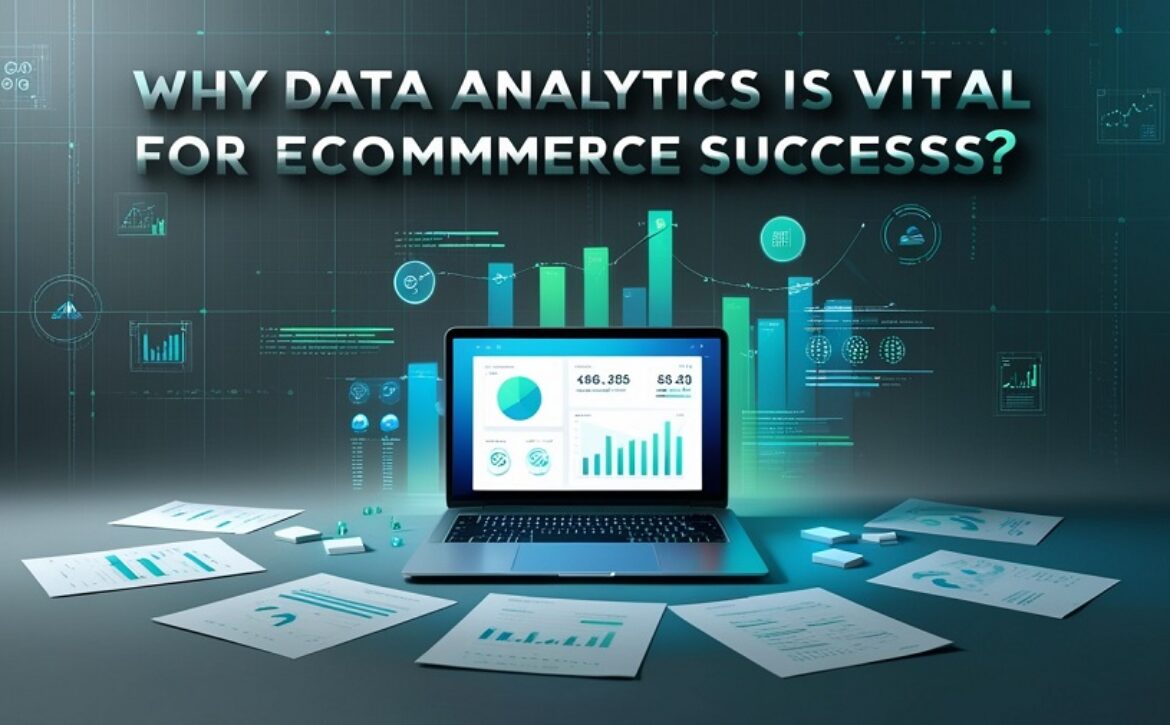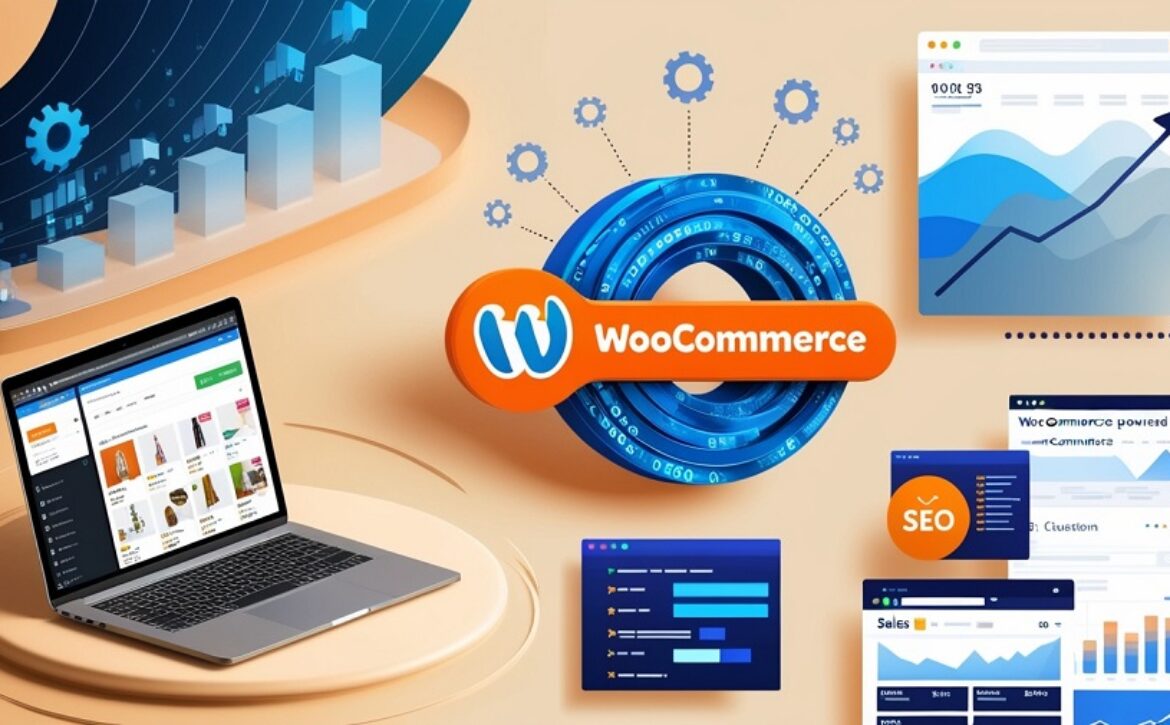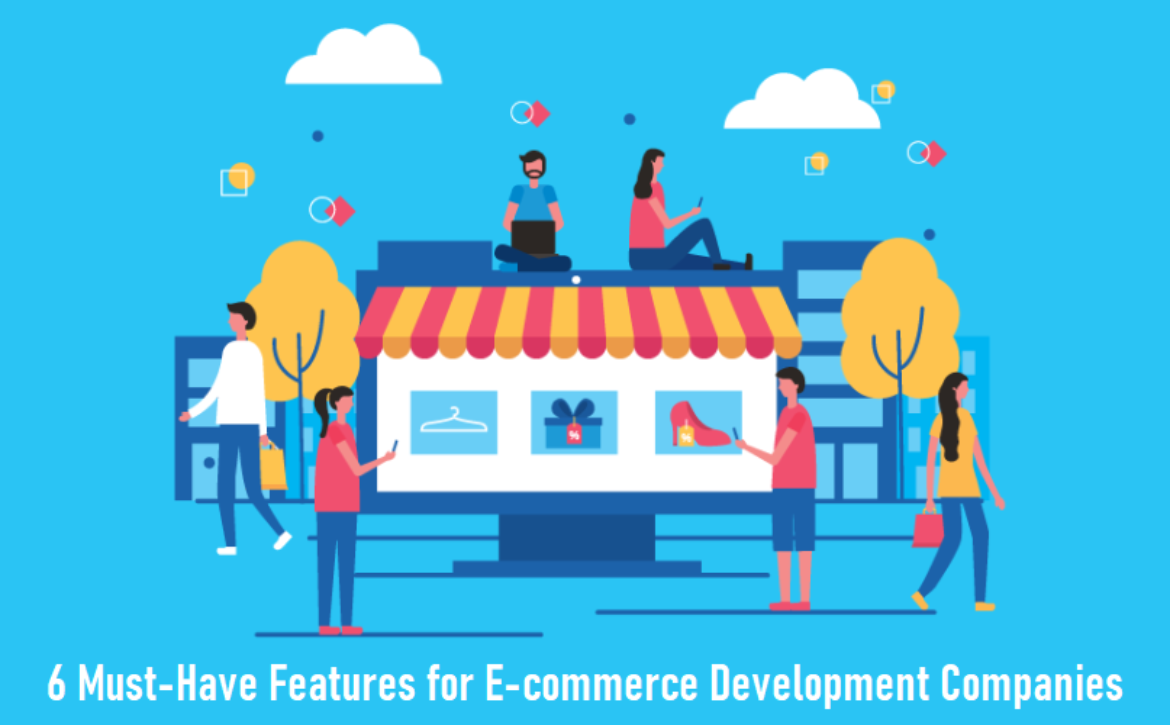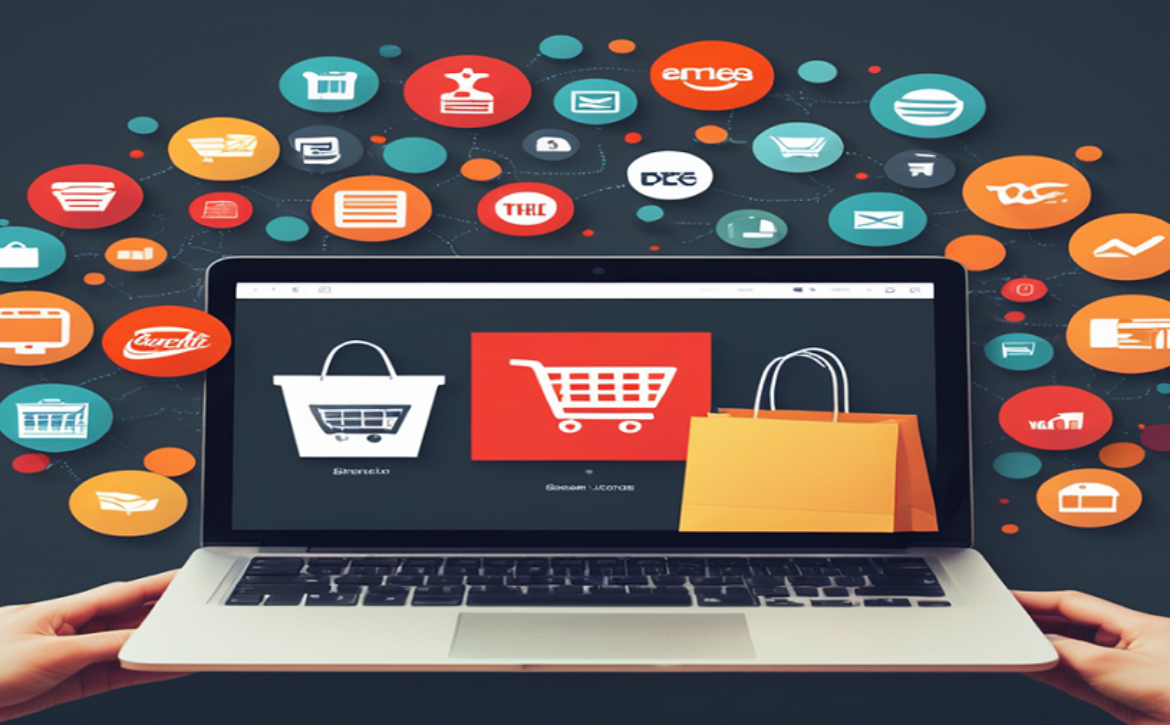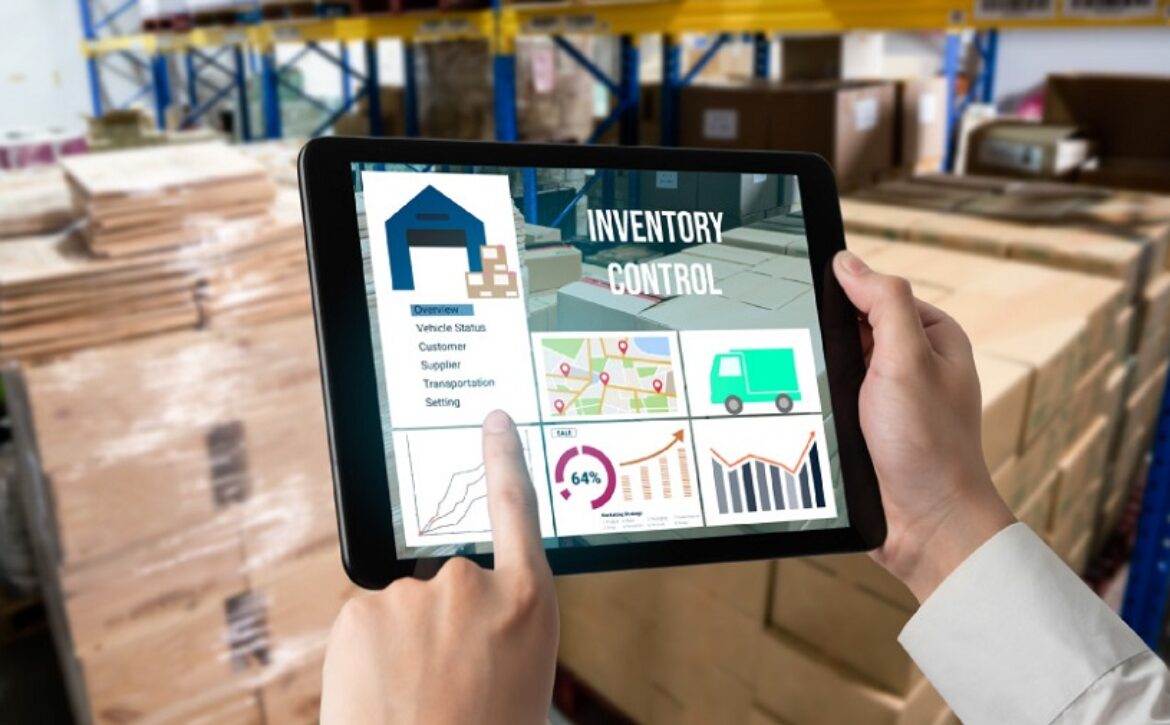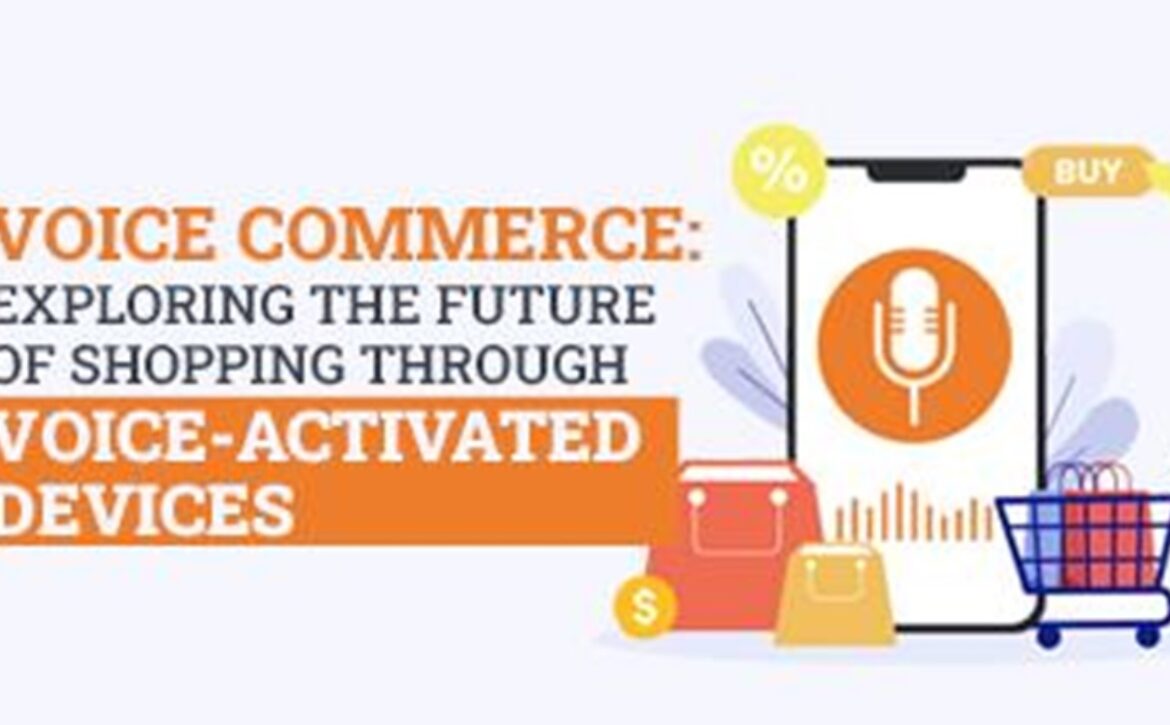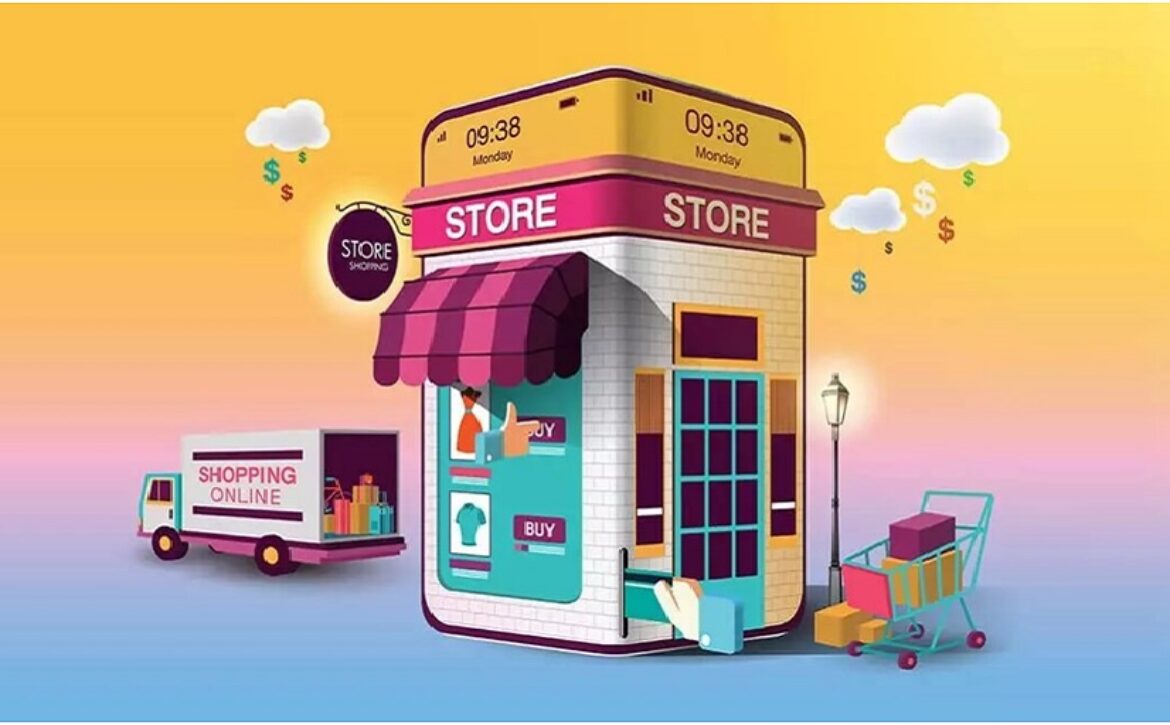Why Data Analytics is Vital for eCommerce Success?
Introduction
E-commerce has become integral to the contemporary business scenario as an essential building block of commerce. Due to its heightened use, extensive data analysis has proved crucial in dealing with such firms. The present article discusses the significance of the Data Analytics Consulting Service in enhancing different aspects of e-business practices and making success factors for venturing into the digital environment.
Today, e-commerce data analytics has emerged as a crucial process in facilitating the mass of data that will be produced from transactions, customers’ interactions with their websites, and various market trends.
What is E-Commerce Data Analytics?
————————————–
Electronic commerce data analysis includes collecting data regarding a retailer’s operations and subsequently analyzing the gathered data. Examples of such information are the kind of websites that customers frequent, their past purchases and the performance of those products, response to the marketing strategies used, and the profile of customers that one is targeting. This overall approach aims to identify specific recommendations that will enhance customers’ experiences, make business operations more efficient, help guide the overall corporate strategy, and result in growth and increased profitability.
Types of Data Analytics in E-Commerce
- Descriptive Analytics: Descriptive analytics uses past data to explain what has happened in e-commerce. The details of sales, consumers’ actions, and other relevant factors all contribute to establishing patterns, trends, and primary fields. The retrospective emergency management planning approach gives a picture of what needs to be done and what has not been done based on the results of previous analysis and planning.
- Predictive Analytics: Predictive analysis takes previous data and predicts future occurrences. Advancements in statistics and machine learning make it possible for businesses to forecast customer behavior and product and market trends. This results in exerting more control over inventory, making it easier to execute market-specific activities, and generally putting businesses in a relatively favorable position for any changes in the market.
- Prescriptive Analytics: Compared to predictive analytics, prescriptive analytics goes a step further to offer approaches for the most suitable decision-making procedures that are recommended to be practiced. Based on the desc and pred analytics, it specifies when the chances could be leveraged or the threats addressed. This form of analysis enables the management of e-commerce businesses to effectively make the right decisions to help achieve the objectives and goals envisaged towards the ideal outcome.
How can data analytics help stay competitive in e-commerce?
————————————–
Data analysis plays a significant role in e-commerce in today’s world market environment. If data is applied correctly, this shall benefit companies by providing insight, enhancing customer satisfaction, enhancing operational efficiency, and making good decisions necessary for growth. Here’s how data analytics drives success in e-commerce:
1. Understanding Customer Behavior
Personalized Shopping: Businesses can monitor what customers do online through their visits to the business website, interactions on the business’s social media pages, and past shopping behaviors. For instance, while browsing the website operated by Amazon, the catalog contains suggestions for products similar to those the customer has previously viewed or purchased, thus increasing the probability that they will make a purchase.
Customer Segmentation: Information assists companies in segregating consumers by aspects such as age, area, and purchasing trends. In this way, it is possible to educate the people about the appearance of the new goods and promotions that will be congruent with each group’s interests and needs, enhancing sales and client satisfaction.
2. Optimizing Marketing
Targeted Campaigns: Business entities can follow customers’ trends to determine who will purchase a particular product and then market it to them. This increases the focusing effect of marketing efforts.
A/B Testing: Marketing experiments mean trying out different approaches to marketing, such as using different leads for a business’s emails or having multiple website layouts; when businesses test these variations, they learn the outcomes and how to enhance the marketing impact.
3. Enhancing Operations
Inventory Management: By thoroughly studying previous sales, organizations can forecast consumer requirements and thus be ready to meet them. This cuts expenses and avoids problems such as a lack of stock in high-demand products.
Supply Chain Optimization: Information can discover several looser chains in the logistics line, and the business can correct them to minimize expenses and enhance the satisfaction of the final consumer.
4. Increasing Customer Retention
Analyzing Feedback: In other words, customer reviews and feedback can help businesses identify their weak areas and make improvements.
Loyalty Programs: Operations data can be used to develop good loyalty packages that businesses can apply to cater to the best customers who keep coming to their buildings.
5. Making Strategic Decisions
Sales Performance Analysis: This kind of analysis makes it easy for a company to understand some of the products that are selling well and those that are not selling as expected, making necessary adjustments to what is to be stocked or produced more, the prices to be charged, and other offers to customers.
6. Improving User Experience
Website Analytics: A platform such as Google Analytics can inform business strategies regarding users’ experiences on their web pages, identifying which aspects require fine-tuning to enhance revenue and minimize cart abandonment.
Mobile Optimization: Given the increased tendency to shop while using mobile devices, data can make sure that sites or applications relevant to shopping do not allow any obstacles to the shopping process.
7. Staying Competitive :
Market and Competitor Analysis: Information lets businesses track the market and competition to ensure the right strategies are used to cope with it and exploit any opportunities that may be available.
Conclusion
In the e-commerce industry, data analytics is essential to success. By utilizing data, firms may enhance client retention, optimize marketing and operational tactics, obtain a more profound understanding of customer behavior, and make well-informed decisions that foster expansion. Data analytics will become even more crucial as e-commerce develops, becoming a necessary tool for any business hoping to succeed in this cutthroat market.

